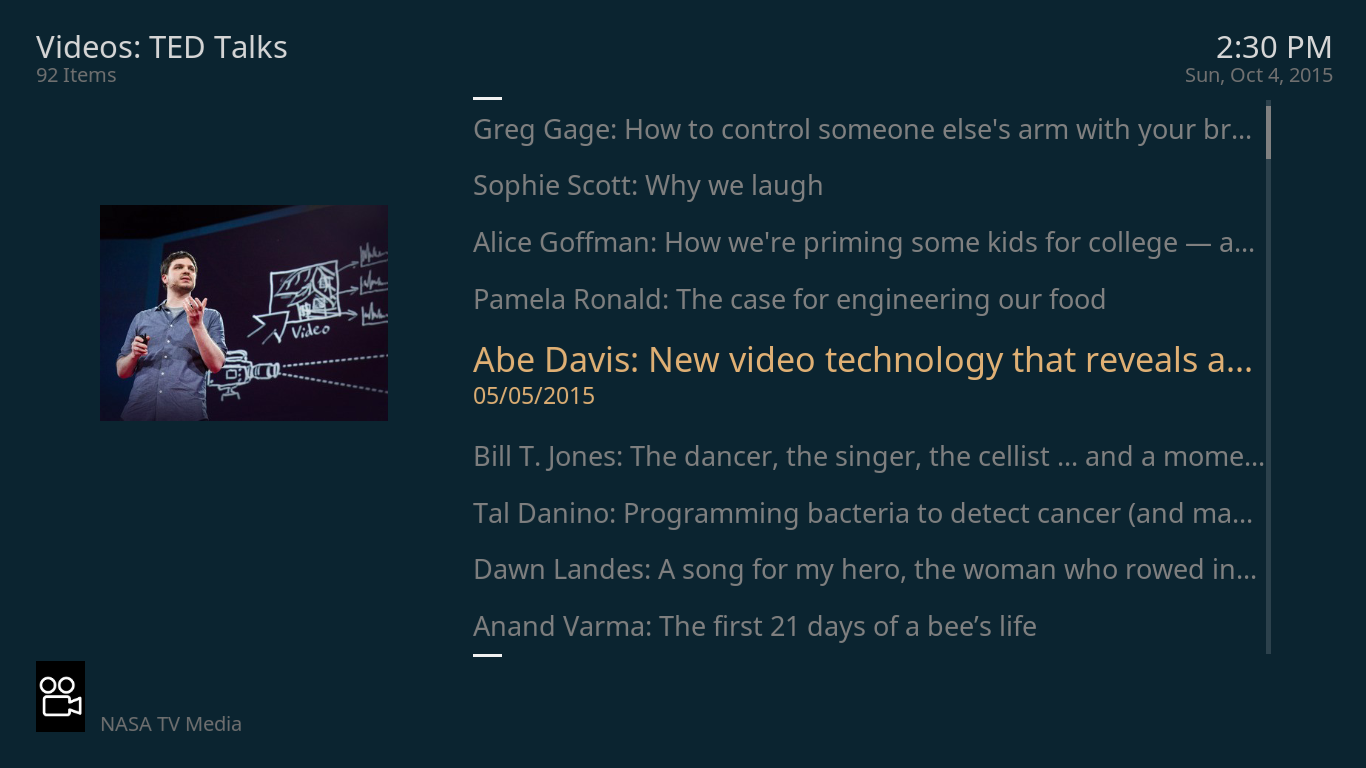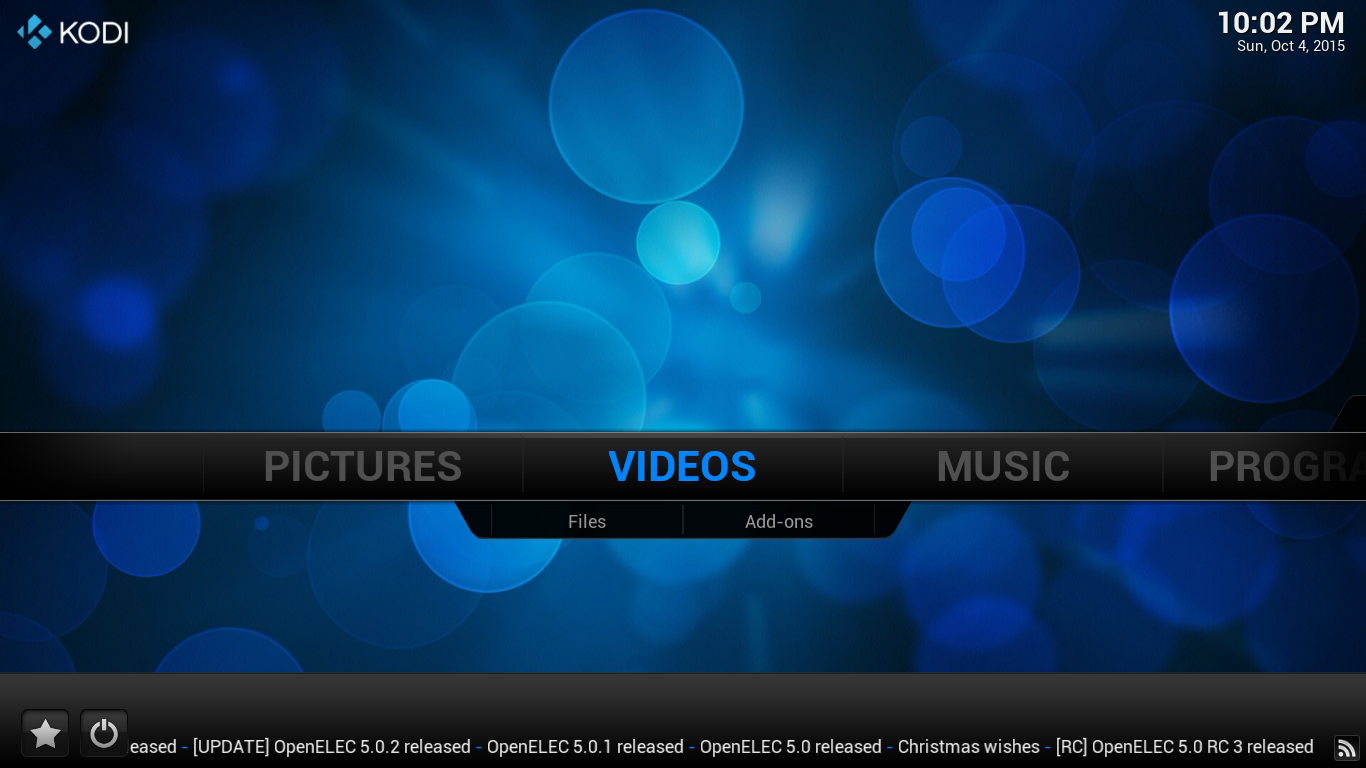Chapter 3. Other Operating Systems and Linux Distributions
The stock Raspbian operating system is great for general-purpose computing, but sometimes you may want to tailor the Pi to a specific purpose, like a standalone media center or guitar effects pedal. The Linux ecosystem is rich in software for every imaginable application. A number of folks have spent the time to bundle all the right software together so you don’t have to do it. This chapter will highlight just a few of the more specialized Linux distributions and other operating systems to get you started.
When talking about “Linux distributions,” we’re usually talking about three things together:
-
The Linux kernel and drivers
-
Preinstalled software for a particular application
-
Special configuration tools or tools preconfigured for a particular task (e.g., to boot up into a particular program)
As you saw in Chapter 1, there are essentially four popular general-purpose distributions. You’ll find the first three hereafter in the NOOBS installer:
- Raspbian
-
The recommended distribution from the Foundation to start with; based on Debian. If you’re not sure which distribution to choose, this is the one for you.
- Arch Linux
-
Arch Linux specifically targets ARM-based computers, so they supported the Pi very early on.
- Pidora
-
Pidora is a version of the Fedora distribution tuned for the Pi.
- Ubuntu MATE
-
Ubuntu MATE is a version of the very popular Ubuntu distribution of Linux. It has a slimmed-down desktop environment that works rather well on Raspberry Pi 2 and Raspberry Pi 3. It won’t work on previous versions of Raspberry Pi because Ubuntu only supports ARMv7 and later.
Here are a few other interesting specialized Linux distributions and operating systems.
Distributions for Home Theater
A long-time favorite operating system for home theater is XBMC, which began as a media center project to run on the Xbox game console. Over the years, however, XBMC morphed to become a more general entertainment center platform and happens to work very well on the Pi. In the summer of 2014, the XBMC Foundation renamed the software Kodi to bring the evolution of the project into focus, because it doesn’t even run on the newer Xbox versions. There are a couple of Pi distributions that make it easy to put Kodi in your living room:
- OSMC
-
Formerly called Raspbmc, the OSMC distribution is based on Debian and Kodi. It has great support for Raspberry Pi and can be installed from NOOBS. (Figure 3-1).

Figure 3-1. OSMC’s interface.
- OpenELEC
-
The Open Embedded Linux Entertainment Center is a pared-down version of Kodi that may appeal to more ascetic Pi users (Figure 3-2).

Figure 3-2. The main menu for The Open Embedded Linux Entertainment Center (OpenELEC)
Distributions for Music
It’s cheap and it can fit in a guitar effects stomp box, so of course the electronic music world has been excited about the Pi since its release. Here are some examples:
- Satellite CCRMA
-
This distribution from Stanford’s Center for Computer Research in Music and Acoustics (CCRMA) is geared toward embedded musical instruments and art installations, as well as effects pedals. It can run other software, but the core is Pure Data Extended, Faust, JackTrip, and ChucK. The original rationale is described in Edgar Berdahl and Wendy Ju’s paper “Satellite CCRMA: A Musical Interaction and Sound Synthesis Platform”.
- Volumio
-
A music player for audiophiles. This project evolved from RaspyFi.
Also on the music front, you may want to check out the SunVox modular music platform for the Pi.
Retrocomputing and Retrogaming
The Pi was inspired by the inexpensive personal computers of the 1980s, so it seems fitting that there are a number of distributions aimed at nostalgic retrocomputing or gaming:
- RISC OS
-
Boots straight into BASIC!
- Retropie
-
An SD card image and GPIO hardware board that makes it easier to build retrogaming consoles.
- PiPlay
-
A prebuilt distribution for gaming and emulation based on MAME (formerly PiMAME).
Note
It’s not an OS, but if you’re into retro text adventures, try Frotz:
sudo apt-get install frotz
Internet of Things
The Internet of Things or IoT describes the realm of devices connected to the Internet. These can be thermostats, bodyweight scales, and doorbells that can be accessed remotely via the Web or in a mobile app. The realm of IoT extends beyond the home as well. Large companies put their equipment online to monitor their assets, which may be spread all over the globe.
Because of Raspberry Pi’s low cost and connectivity, it makes a great choice for experimentation with the Internet of Things. While you could use Raspbian for this (in fact, see “Connecting the Web to the Real World”), here are a few operating systems that are geared toward IoT.
- Snappy Ubuntu Core
-
Available for Raspberry Pi 2, Snappy Ubuntu Core is a Linux distribution aimed at devices and cloud servers. It’s a barebones operating system that includes methods for being very specific about which versions of applications are installed to support your project. It’s meant to be lean, faster, more reliable, and more secure. While it’s very new and not fully supported yet, it’s worth keeping an eye on developments with Snappy Ubuntu Core.
- Windows 10 IoT Core
-
With the release of Windows 10 in July 2015, Microsoft doubbled down on IoT with the release of the Windows 10 IoT Core. While it doesn’t have the full Windows desktop environment, developers can now deploy universal Windows applications to Raspberry Pi 2. If you already have experience developing Windows applications, trying out Windows 10 IoT Core on Raspberry Pi 2 is a no-brainer. If you’re interested in getting started, Microsoft provides excellent getting-started documentation.
Other Useful Distributions
Here are a few other distributions of note:
- Qt on Pi
-
An OS bundle aimed at developers of standalone “single-purpose appliances” using the Qt GUI framework.
- Web kiosk
-
For making Internet kiosks and digital signage.
- Openwrt
-
Turn your Pi into a powerful router with this open source router platform.
- OctoPrint
-
With OctoPrint, you can control your 3D printer via your network. Just connect it to a Raspberry Pi and boot from the OctoPi SD card image.
- PiNet
-
PiNet is a way for teachers to manage a classroom full of Raspberry Pis. It’s a method to boot the Pis from a central server on a network. Student accounts are stored on the server, and there are classroom-specific tools preloaded.
Going Further
- List of Linux distributions that work with Raspberry Pi
- Raspberry Pi Downloads
-
The downloads section of the Raspberry Pi Foundation website will have a listing of notable operating systems and distributions.